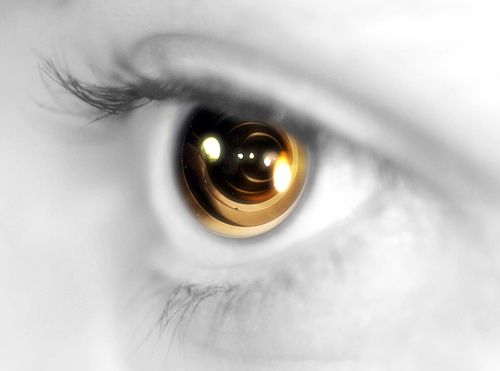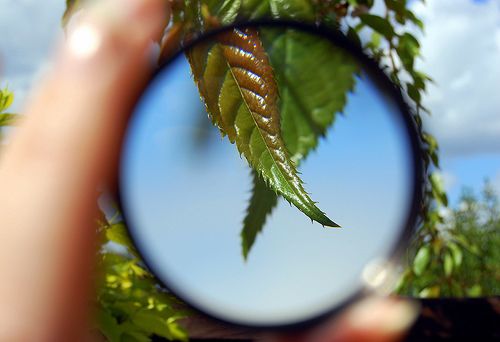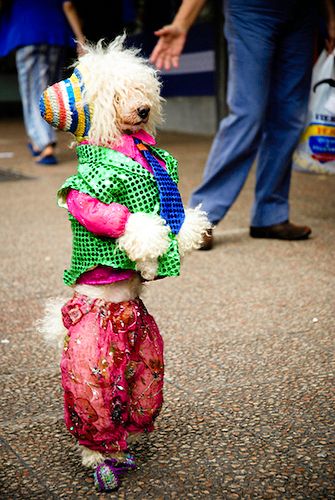Animal behavior training is a passion of mine and this week a discussion took place about why I am so tuned to animal behavior and able to see things that most people miss. It got me to thinking.
First, I believe I have always had that predisposition, but I also think that when you have an intense interest in something, or a special affinity, that you automatically tune into it.
In addition, the more you practice something, the better you get at it. So when you watch intently, your observation skills are enhanced because you are not distracted.
Another influence on my skill set is the fact that I spent hours of observation on and over the ocean looking for signs of whales and other sea life at the beginning of my career. Most people never notice the sea creatures or the subtle signs they make on the surface.
From that early training/practice in my career, I then worked training large exotic animals that could easy maim or kill someone if I did not notice the subtle signals they convey prior to any escalation. Our lives depended on being astute enough to identify and redirect such behavior at early stages to keep everyone safe.
Most people wait until there is a problem before they take action or even notice.
Now I found it interesting that the birding community was also discussing observation skills and that the “link” between naturalists and spies was discussed elsewhere. It seems that we all are in sync when it comes to the discussions of late and I find it fascinating that people are pondering this skill set.
So, what lens do you see through?
- Are you able to see animals for who and what they are?
- Do you see the early warning signs of escalating behavioral issues?
- Do you notice your surroundings and potential issues in advance?
One of the first assignments my animal behavior training students get is to simply observe their animals for a week. The first class is all about how to “read” animals (understand their communication and signals) and a short session about the behavior and tools needed to manage pet behavior.
In fact, this information is vital to their success and I actually now let Ark Animal subscribers have access to one of these recorded sessions.
But I find that most people are too preoccupied and engaged in busyness to notice their surroundings, let alone their animals. And then others think that they are watching and observing but they don’t really “see” because their lens is clouded.
I tend to view things with a microscopic lens and adjust the focus so I notice the tiniest nuances. Just yesterday I was working with someone who is managing a large group of dogs. The problem is that she watches but she doesn’t actually “see.” I find this to be a common problem with most people when it comes to observing animals.
Because she doesn’t actually see, she doesn’t usually perceive what is happening, and this leads to problems.
What do I mean by that?
She often disturbs the dynamics within the large pack and creates situations (or complicates matters) instead of making the animal management easier.
Now, she loves the animals in her charge and gets immense joy from them but the focus is geared to meeting the human needs and not those of the animals (which I wrote about earlier this week).
For instance, we’ve been developing better protocols around feeding.
One animal was labeled as “food aggressive” by non-professionals, and as a result, he has been fed only in a crate, sleeps in a crate, and spends a lot of time outside instead of within the dog group.
Instead of dealing with the issue, they have been avoiding it.
Now this might sound reasonable, but not dealing with the issue does not mean it will go away. A better tactic is to prevent the situation and identify just what is going on so it can be managed.
Because I am on the premises, I’ve set up some low level situations and I’ve seen no indication of that as a problem. It isn’t to say that it isn’t a problem, but the animal has a social style blend of hyper-sensitive/hyper-reactive and so the triggers can be other things instead of food guarding.
Because the caretaker was not paying attention during interactions this week, there was a warning display, but with one word from me and it ended immediately–and the violators were given timeouts–both of them.
Animals have altercations all the time, some are subtle and some are overt–but not all are serious issues. Squabbles happen, and often, people trigger them. In this case, the caretaker set up a situation by not paying attention. She had her back to the “problem” animal and so, quite predictably, the incident occurred right behind her.
However, I’ve seen more animal behavior issues started by another animal in the group than I have from the large male. But because the other animal is favored, she is seldom called on her bad behavior. She annoys the other dogs until they overtly display–growl, bare fangs and lunge–and then still does not withdraw–which means the displays escalate and get more dangerous.
Human intervention should occur early so the animal stops engaging in behavior that creates issues. Since the instigator now gets a time out, or is prevented from triggering such activity, the behavior has declined. Normally, dog warning signals are enough but this animal never learned to respond appropriately and so has to be taught that when she is warned to back off by the other dogs, that she should do so.
Anyway, one of the human mistakes in this situation is that there is no clarity for the animals. Training consistecy is important so I’ve changed the feeding routine to streamline the process but to also keep animals who have issues between each other in a different group during the feeding and toileting routines.
It is called mitigation, the animals are integrated but those with issues have to be consistently monitored and watched to avoid altercations.
To set the right parameters up, the lens has to be clear.
So, tell us–what lens do you see through when it comes to animal behavior training? Leave your thoughts in the comments.
Photo Credits: Bogen Freund & Evil Yoda




